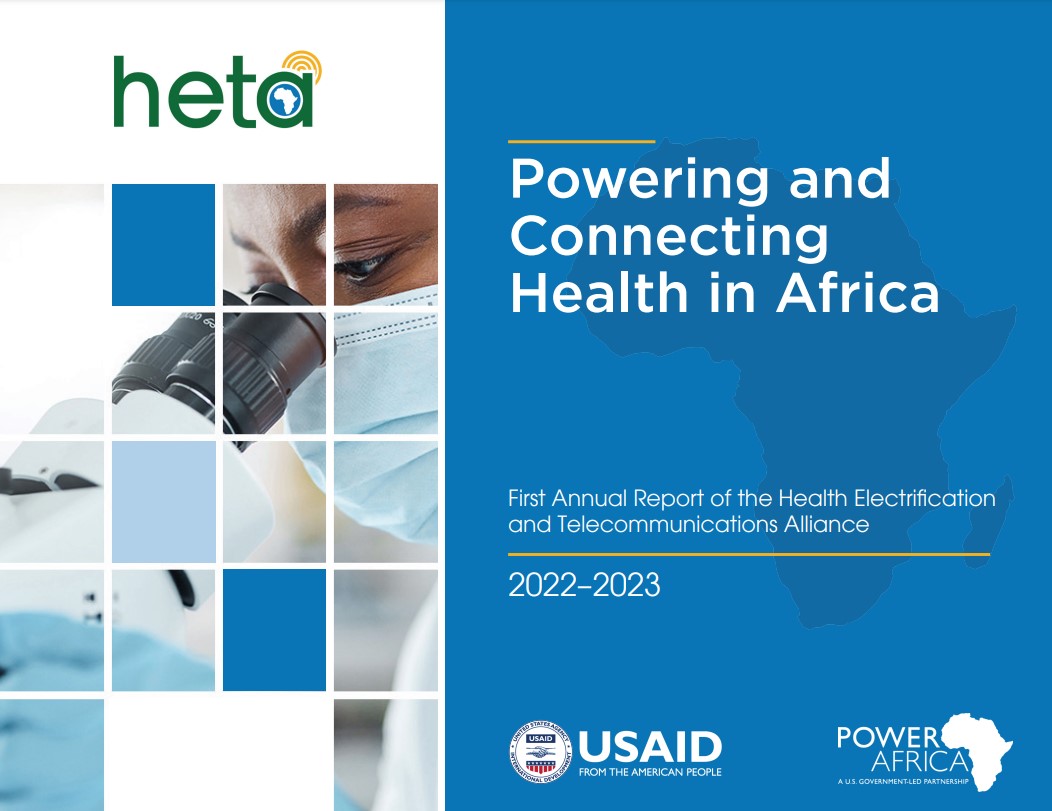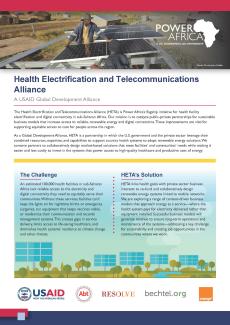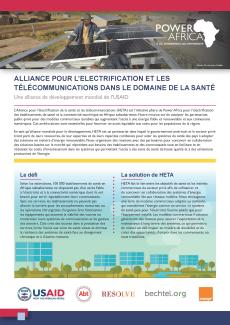POWER AFRICA POWERING HEALTH
Power Africa collaborates with foundations, the private sector, and African governments to expand access to electricity to health facilities across sub-Saharan Africa. Together, we are powering health.
Many health facilities in sub-Saharan Africa do not have reliable electricity. According to a recent report by the World Health Organization and the World Bank, about half of the health facilities in sub-Saharan Africa lack reliable electricity access, adversely impacting the delivery of essential health services, such as emergency care, maternal health services, and cold chain management for vaccines.
Through the Health Electrification and Telecommunications Alliance (HETA), Power Africa is assembling the world’s leading renewable energy, digital technology, and health solutions providers to electrify and digitally connect 10,000 health facilities, enable modern medical services, and improve lives.
BUILDING A HEALTH ELECTRIFICATION AND TELECOMMUNICATIONS ALLIANCE IN SUB-SAHARAN AFRICA
A USAID Global Development Alliance
Power Africa and USAID’s Global Health Bureau, in partnership with the private sector, are supporting healthcare delivery outcomes through the Health Electrification and Telecommunications Alliance (HETA) to electrify and digitally connect 10,000 health facilities in sub-Saharan Africa by 2027.
As a Global Development Alliance, HETA is a partnership in which the U.S. government and the private sector leverage their combined resources, expertise, and capabilities to support country health systems to adopt renewable energy solutions. We convene partners to collaboratively design market based solutions that meet facilities’ and communities’ needs while making it easier and less costly to invest in the systems that power access to high-quality healthcare and productive uses of energy.
THE CHALLENGE
An estimated 100,000 public health facilities in sub-Saharan Africa lack reliable access to the electricity and digital connectivity they need to equitably serve their communities. Without these services, facilities can’t keep the lights on for nighttime births or emergency surgeries, run equipment that keeps vaccines viable, or modernize their communication and records management systems. This creates gaps in service delivery, limits access to life-saving healthcare, and diminishes health systems’ resilience to climate change and other threats.
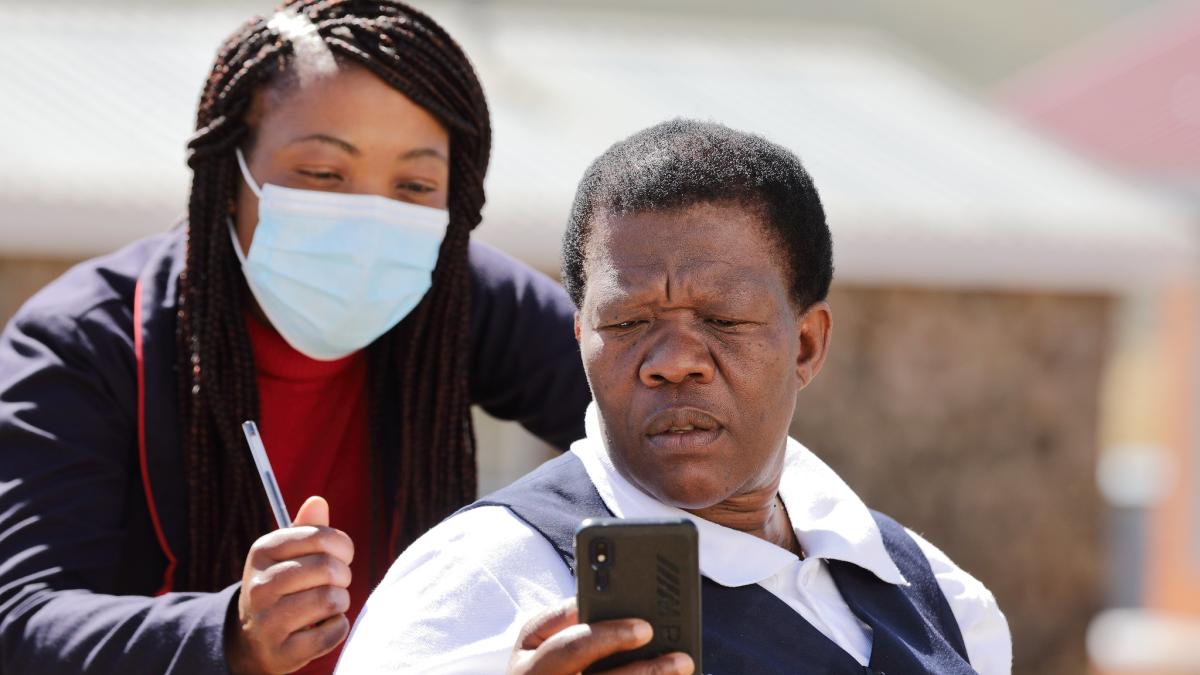
OUR SOLUTION
The Health Electrification and Telecommunications Alliance links health goals with private sector business interests to co-fund and collaboratively design renewable energy systems linked to mobile networks. Power Africa is exploring a range of context-driven business models that approach energy as a service—where the health system pays for electricity delivered rather than equipment installed. Successful business models generate revenue to ensure long-term operations and maintenance of the systems—addressing a key challenge for sustainability and creating job opportunities in the communities where we work.
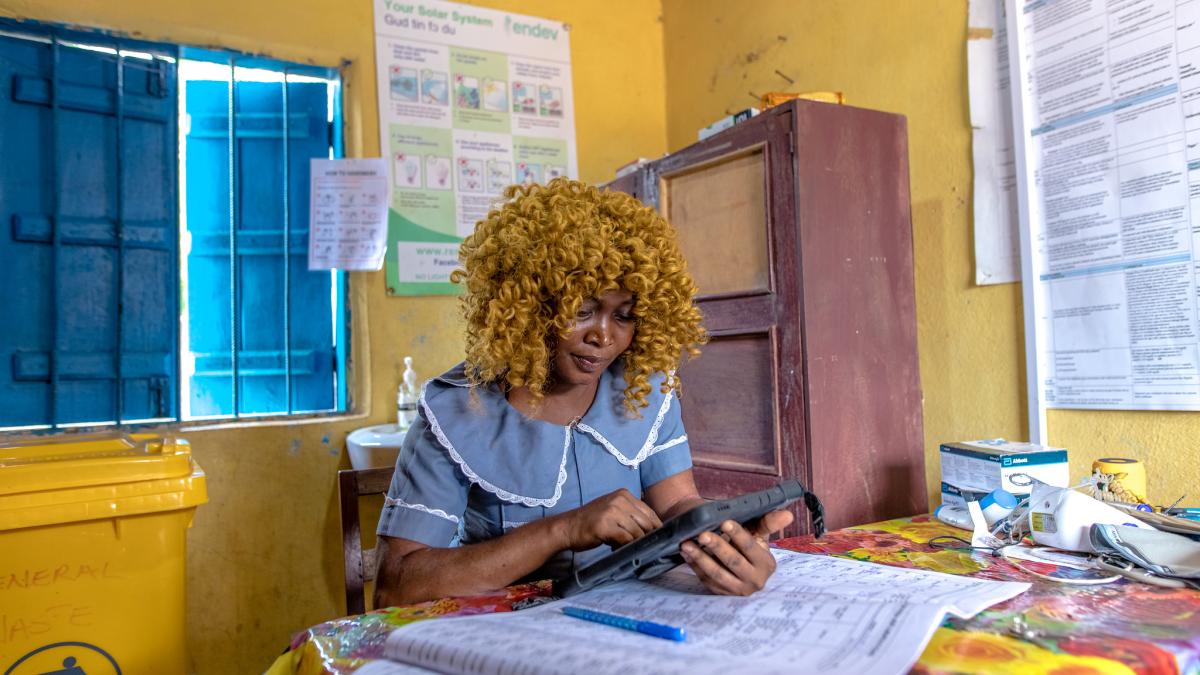
DOWNLOAD HETA FACT SHEET (EN)
DOWNLOAD HETA FACT SHEET (FR)
CONTACT
To find out how to partner with Power Africa on HETA, please contact:
- Gina Cady, Program Lead, Power Africa Coordinator’s Office: gcady@usaid.gov
- Joan Chahenza, HETA Project Director: joan_chahenza@abtassoc.com
To find out how USAID can partner with your organization visit the USAID Private Sector Engagement page and the Private Sector Collaboration Pathway
NAVIGATE POWER AFRICA
OTHER EXISTING POWER AFRICA POWERING HEALTH INITIATIVES
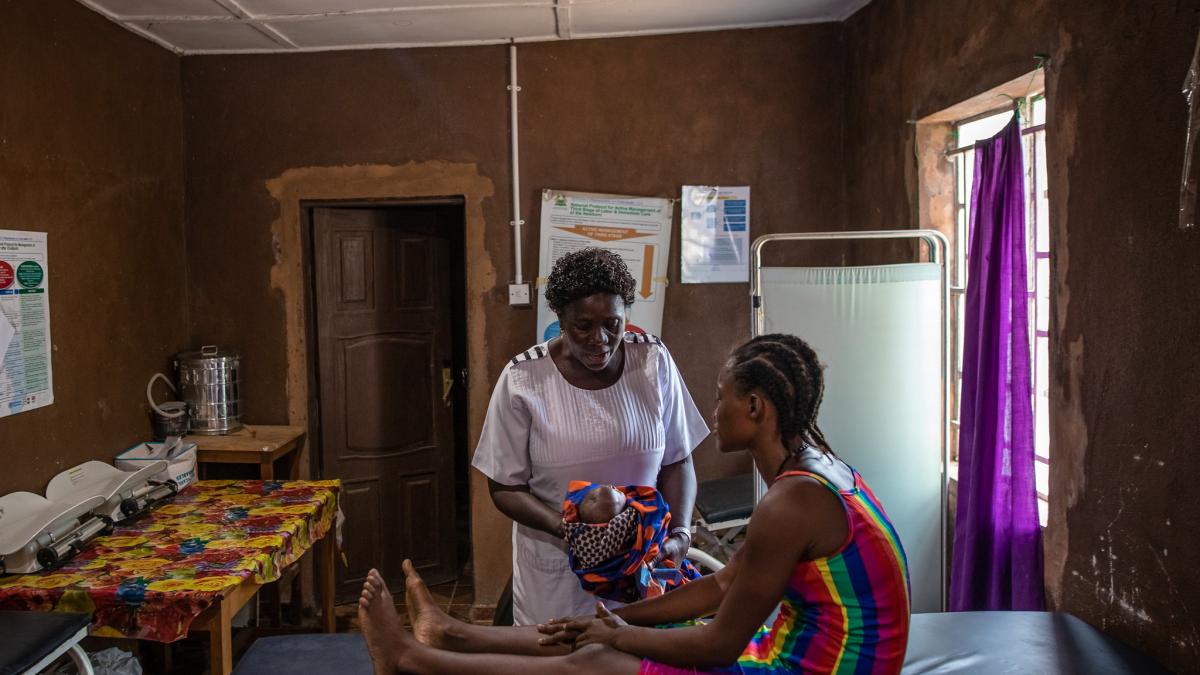
MULTILATERAL ENERGY COMPACT FOR HEALTH FACILITY ELECTRIFICATION
During the Energy Action Days of the High-level Dialogue on Energy in 2021, a group of 14 organizations, including Power Africa and our partner, Sustainable Energy for All, launched a Multilateral Energy Compact for Health Facility Electrification.
The new Energy Compact puts forward a sectoral target of 25,000 health facilities to be electrified with clean and reliable power solutions by 2025.
HEALTHGRID SIERRA LEONE
In early 2022, USAID Sierra Leone launched HealthGrid Sierra Leone, an initiative to provide sustainable electricity and other essential services to off-grid health facilities. Through HealthGrid, 31 off-grid health facilities will be electrified and will have internet access.


